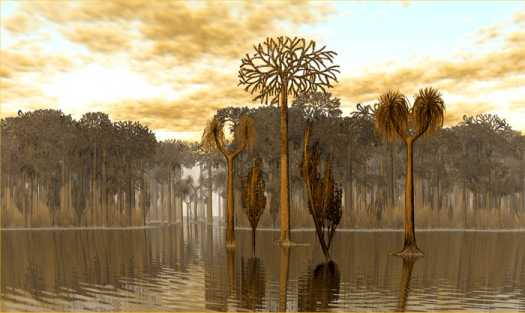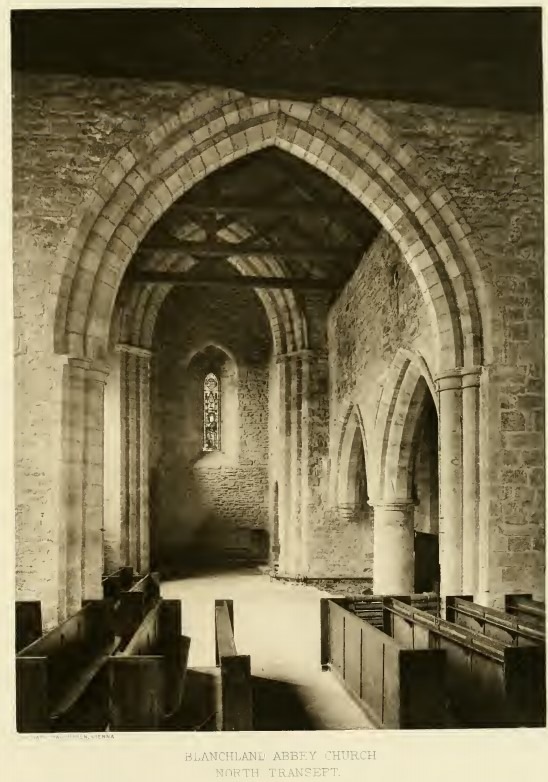Riding of Parliament 1685, Detail from Chalmers’ Riding of Parliament 1685 – Blanchland’s Riding of the Bounds had its origins in this traditional pageantry. National Archives of Scotland
What a sight it must have been, hundreds of people from Blanchland and Hunstanworth, out on the midsummer moorlands, their hats be-ribboned blue and white, dancing and playing in the sun.
This wonderful event is recorded in the Manor of Blanchland Boundary Roll of 1839, which charts the Riding of the Bounds over two days in June of that year.
Riding the Bounds had a serious purpose in earlier centuries, reminding everyone – neighbouring landowners, the local tenants and anyone else who may be in any doubt – who was boss and who owned the land. It was a formal inspection of the boundary markers, to prevent encroachment and protect the integrity of the boundary, and was steeped in tradition.
These days, Riding the Bounds events such as the one in Berwick every year are usually part of a town’s tourism ‘offer’, often organised as a spectacle by the council’s Leisure Department to encourage visitors to stay longer and spend more money.
Back in 1839 on the Lord Crewe’s Estate, if the tenants felt under pressure to be part of this throwback to feudal days, they didn’t worry for long; it was a chance for the whole community to enjoy a holiday outing, eating and drinking and tramping over the hills. It must have been a welcome change from the dankness of a mineshaft or the racket of a lead ore washing floor.
The document itself is a fantastic ‘snapshot’ of those two days more than 170 years ago, when more than 120 men ‘with many other persons’ – presumably their wives and families – walked or rode in the Riding procession.
A boundary stone above Blanchland
Everyone was involved, from the Archdeacon of Durham, Charles Thorp, also a Trustee for Lord Crewe’s Estate, to little Henry Hodgson of Jeffrey’s Rake who was just 11 years old. Joseph Watson of Blanchland at 80 years was the oldest of the ‘persons on foot’ – whether he did the whole thing or not isn’t recorded!
In the Riding of the Bounds, certain people have a special ceremonial role to play in the proceedings: one bearer carries the old flag which was used in the previous Riding 27 years earlier in 1812. Another has the new flag, a very fine affair lovingly embellished with the crest of the Bishopric of Durham and the date in Roman numerals. A third man is called the Pioneer (the name varies for Ridings in other towns); he carries a drawn sword, presumably to symbolise the defense of the bounds and possibly harking back to the Middle Ages when the Lord of the Manor could raise an army from his tenants in times of war.
A trio of musicians trots along on horseback; the Clennell brothers of Whiteheaps, Hunstanworth are playing their violin and clarionet while Peter Blackburn blows his bassoon.


Blanchland boundary token of 1839. Richard Cheesman
The Roll then describes in very precise detail the route this enormous band of people takes, starting at the foot of Stoneyburn just outside Blanchland and climbing up onto the moors to tramp from currack to currack.
Every now and again the group pauses so that the children can scramble for boundary tokens – coins that have been specially struck to commemorate the occasion – and delicious gingerbread.
Eventually they reach East Boltslaw Currack where the runners get ‘refreshment’ and ‘there was a dance and great conviviality displayed by the numerous concourse of people there assembled.’ From there they go down into Ramshaw and on to Baybridge, then out again onto the moors to the west and back, completing a staggering 30 miles on the first day.
A Hexham Courant article of 1976 by local historian Walter Iley looks into the cost of the event. The musicians, flag-bearers and runners were paid, and the tokens and “spice to scramble” were bought and ponies were hired.
“But the chief charge was incurred in the taverns of Blanchland and Baybridge – £136.62”, says Walter in his article. That’s nearly half of the total cost of £300! Walter remarks quite forgivingly that riding the bounds on a hot couple of days in June over rough heather moors must have been thirsty work.
The grand finale of the Ridings was a procession from Baybridge to Blanchland, with Deputy Bailiff William Colpitts taking the lead. It must have been an impressive sight as they marched along the road towards Blanchland, “the flag bearers with flags hoisted, the Pioneer with his drawn sword, the runners, two and two, the musicians playing various tunes, the Deputy Steward and other agents of the Trustees following”… this main group was followed by the rest of the men on horseback, then finally by the footmen four abreast.
They arrived at The Lord Crewe Arms for ‘three loud huzzahs and one cheer more for the Lords of the Manor.’
Exhausting stuff, but there was still energy left for music and dancing later that evening – although perhaps 80-year-old Joseph Watson had an early night…






